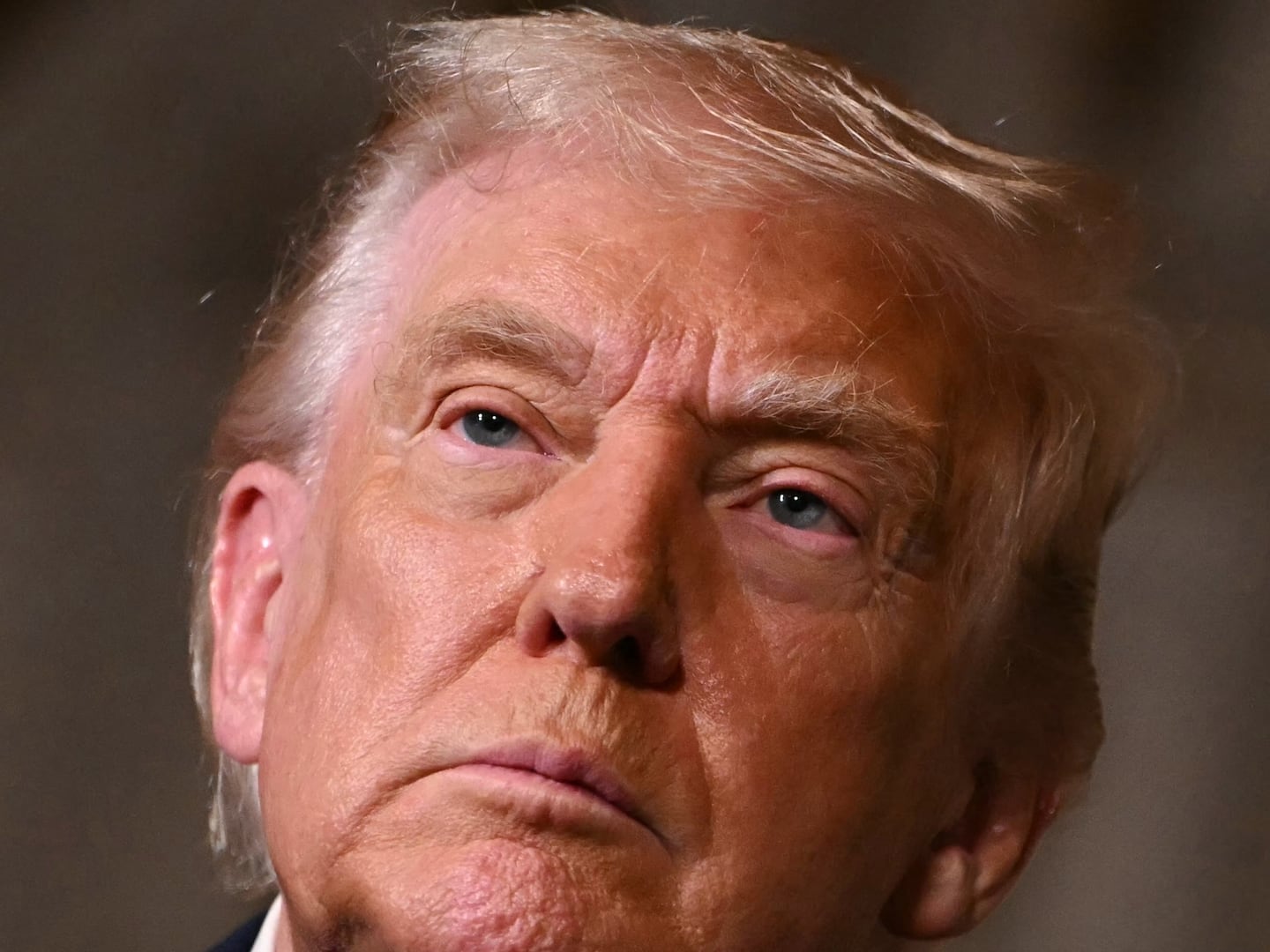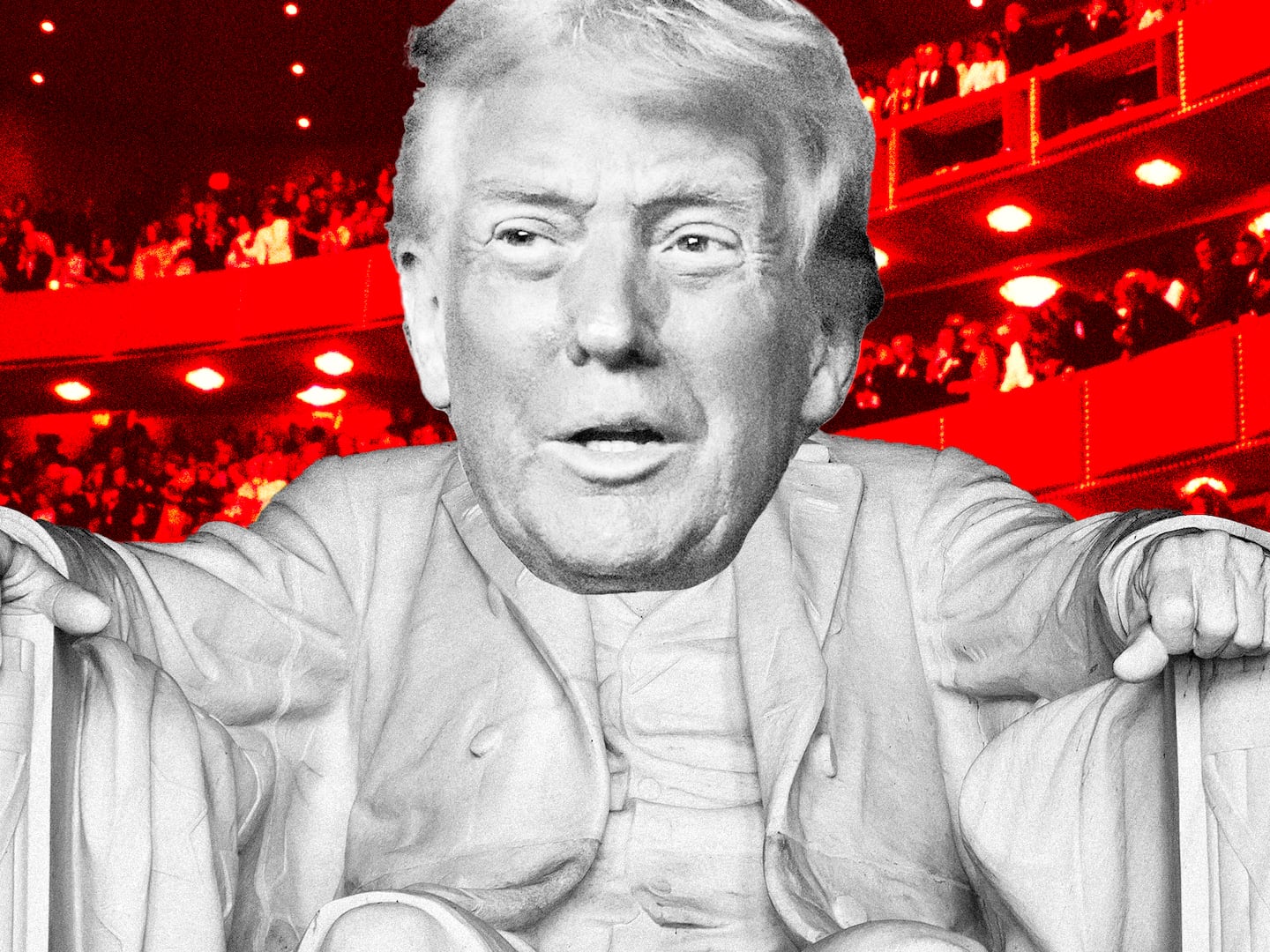President Obama gave a rather unusual answer to a question about money in politics during an event in Cleveland this week. His antidote for the burgeoning influence of fat stacks of Supreme Court-sanctioned cash on elections was fairly simple: make everyone vote.
“If everybody voted, then it would completely change the political map in this country,” he said, adding that voting was mandatory in other countries. Universal participation would “counteract money more than anything.”
He might have a point.
Voter participation–or, more accurately, non-participation–is a giant pimple on the face of American democracy, one that the U.S. been unable to pop since the 1960s.
Every two years, an average of 56 percent of eligible voters (PDF) participate in their own self-governance, weighed heavily towards presidential contests. Midterms usually draw around 40 percent, putting 2014’s dismal effort only slightly below average.
Line that up next to other industrialized democracies and it’s not pretty. Great Britain usually gets around three quarters of its population to the polls in national elections.
Greece, the birthplace of democracy and modern geopolitical punchline, gets 86 percent. Australia’s citizens turn out in droves, averaging a 95 percent turnout down under.
How do the Aussies do it? Quite simply, they make their citizens vote–or at least show up.
They are forced to register, forced to appear at a polling station on Election Day, and forced to at least make a mark on the ballot paper. By law, they don’t actually have to choose a candidate or party, but you’d imagine the phrase “might as well” applies here.
Australia, cited by the president in his Wednesday remarks, is not the only country with compulsory voting, and not the only one to see strong turnout. Argentina has it, and usually sees around 85 percent participation. Brazil does too, and usually turns out at a rate around 80 percent. All of these are enforced compulsory systems: that is, there is a penalty (normally a fine) if a citizen cannot reasonably explain why they did not vote.
Now, none of those three are examples of ideal democratic outcomes at present, but at least they have robust participation. The United States faces a formidable participation gap, partly because, quite frankly, not enough people care.
But the U.S. has also been doing all the wrong things, policy-wise, for decades.
Rather than make it easier to vote, lawmakers here have been putting up barriers to participation.
New York and Ohio eliminated same-day voter registration in 1965 and 1977 respectively. According to political scientist Marjorie Random Hershey, turnout dropped by 7 percent in the subsequent elections and between 3 and 5 percent over the longer term (PDF). Many states have imposed early closing dates for registration, and if there were no closing date (in other words, same-day registration), some experts “estimate that…turnout would increase by 6.1 percent” across the nation. Early voting has also been scaled back in a number of states, including Ohio and North Carolina, where 7 in 10 black Americans vote early.
Then there are Voter ID laws, passed to combat the largely mythical phenomenon known as voter fraud.
To start, voter fraud does not exist in any significant sense. Out of the 197 million votes cast in federal elections between 2000 and 2005, only 26 (yes, twenty-six) votes eventually resulted in convictions for voter fraud. That is .00000013 percent, and it indicates that no one committing voter fraud could have affected any federal election in any way during that time.
Yet eight states have strict photo ID requirements to vote, and a further six have strict non-photo ID policies. And these policies can suppress the vote.
Hershey’s study cites Vercellotti and Anderson’s (2006), which found that “non-photo and photo ID rules were associated with lower turnout in 2004, in the range of 3 to 4 percent.” Laws enacted in Kansas and Tennessee dropped turnout by 2 percent between 2008 and 2012, according to the non-partisan Government Accountability Office. Texas’s policies, some of the most restrictive in the nation, were also heavily scrutinized after the 2014 election.
All of these figures are across the demographic board, leaving aside that these policies have been accused of being partisan and discriminatory, disproportionately affecting minorities and the socioeconomically disadvantaged.
Voter ID is just the latest in a long line of counterproductive policies when it comes to the ballot box. The suppression numbers associated are not huge, but there is a pile-on effect.
That’s because the decision to vote is an economic one. There’s an element of civic duty or pride, sure, but the individual essentially conducts a cost–benefit analysis with regard to how they spend their time and money. The more obstacles that are put in the way of voter participation, from restricting early voting to banning voting out-of-district to requiring IDs (which cost time and money to procure), the higher the opportunity cost and the fewer people will vote.
The end result is that the laws and regulations governing voting in some states are thoroughly undemocratic.
Thankfully, though, the U.S. is not some sort of uniformly hopeless electoral dystopia. Some states are making progress. Oregon, along with more recent converts Washington and Colorado (the Civic-Minded Stoner Bloc) has conducted all mail-in voting for years. All enjoyed turnouts of 64 percent turnout or higher in 2012, well above the national average, with Colorado at 71 percent.
This week, Oregon crossed into new territory in its efforts to get out the vote. Under the new policy, all eligible voters will be registered automatically unless they opt out. Now the Oregon secretary of state’s office will mail all voting-age citizens a ballot 20 days before any election. They need only send it back with a few marks of a pen.
Oregon’s is a step in the right direction, emphasizing ease of voting over mandates. Compulsory voting does not hold all the answers–though some political scientists credit it with as much as double-digit gains in turnout percentage–and there are other ways to avoid ghastly-looking turnout numbers. After all, Britain and Greece are doing just fine without it. Belgium, where mandatory voting policies have not been enforced since 2003, averages 90 percent turnout.
Though it would likely bring more people to the polls, it’s not immediately clear how, as the president says, mandatory voting would combat money’s influence on American politics. Maybe he’s hoping that the few people whose lives aren’t consumed by political advertisements in the run-up to Election Day–that is, who don’t own a TV or computer–would show up. Maybe his roots in community organizing tell him there's strength in numbers, that there's power to be found in the kind of mass participation by informed citizens that is simply lacking today.





